John Steinbeck once equated a book with a “wedge driven into a man’s personal life.” The shorter the book, wrote Steinbeck, the more easily removed the wedge. But a long book—in fact a very long book, maybe his own East of Eden—sticks around for a while. It lingers. The best stories are these, Steinbeck thinks, the ones that stick around for a while, like a wedge in one’s life. And, therefore, the best stories are long stories. Sometimes, very long stories.
Yellowstone is a very long story. Now over five seasons and encompassing (so far) two spinoff series, the Yellowstone universe takes the saga of the Dutton family back seven generations. It’s believed we’ll be getting stories for each generation. It Steinbeck terms: that’s a pretty big wedge.
There are other reasons to compare the Sheridan-verse to Steinbeck (and we’re not saying writer Taylor Sheridan is a modern-day Steinbeck, but we’re also not not saying he’s some modern iteration of the American writer)—legacy, generational strife, morality on the edge of urban expansion, and people being terrible versions of themselves and enacting cruelty on others. Family values.
Another similarity: a lot of goddamn characters.
Trying to explain everyone in writing—what with all the Johns and Jacks and variations thereof—would be even more confusing. So we have a diagram:
There is some stuff to write about, though, so stick around. We’ll try and keep this straightforward.
Warning, however: Everything to follow includes spoilers for 1883, 1923, and Yellowstone.
For the purpose of this written analysis, we’re focusing on each generation of Dutton by blood, which mostly comprises the men; so far, no Dutton born female has given birth to the next generation. Elsa died on the Oregon Trail. Beth was sterilized during her abortion procedure. The Dutton family, while kept together by its matriarchs (all Dutton spouses appear to outlast their husbands—with the exception of Evelyn), is patrilineal.
This patrilineal bloodline ends with Tate Dutton. (Jamie Dutton’s child is, at least by name, also the youngest progeny of this family.) Tate also represents the seventh generation of Dutton, which is important. We’ll explain that later.
There are still a lot of holes left to be filled. We still don’t know whether John Dutton II (that’s the father of Yellowstone’s John Dutton) is the son of Jack and Elizabeth or the son of Spencer and Alex. But let’s just assume we get to John Dutton II somehow.
Anyway, here’s a quick breakdown of the Dutton family.
The underlined names represent the patrilineal line.
Generation 1
Jacob Dutton, James Dutton
The first prequel series 1883 follows James. He is the chronologically first Dutton patriarch we have met thus far. In 1883, James and his wife, Margaret, leave Tennessee with James’ sister and niece—both of whom soon die. The Duttons will reach and settle the Yellowstone during this trip, losing their daughter Elsa in the process. James later dies in 1893 after being shot by horse thieves.
The temporal gap between 1883 and 1923 is obviously 40 years. The plot gap between these two dates is also something pretty large. At some point, James’ brother, Jacob, takes charge of the Yellowstone and turns the land into a small empire.
Both brothers face threats to their land, a motif that will carry through the generations of Dutton. This “Us or Them” mentality will be inherited along with the land—and perhaps to the point of paranoia and personal unraveling.
Generation 2
Elsa Dutton, John Dutton, Spencer Dutton
Kinda sucks for John—having survived the Oregon Trail and the subsequent forty years of ranching only to get gunned down on his way back from town. But hey that’s life in the west. For the other siblings, things are also pretty rough. Elsa dies on the Oregon Trail. Spencer is young enough to be enlisted during the first World War where he fights and is forever haunted—much like his descendent Kayce, who serves as a Navy SEAL and returns with PTSD.
So far, Spencer’s story is the only one left open from this generation.
Generation 3
Jack Dutton
Jack could be the father of Generation 4. But so could Spencer. So far, it’s unclear. Jack seems to have inherited much of his wild energy from his aunt, Elsa. 1923 appears to be setting Jack up for an equally important character arc. His fate is still unknown.
Generation 4
John Dutton II.
Little is known about John Dutton II—most notably, his parental lineage. We first meet John in Yellowstone, where he appears in a flashback scene with his son, John Dutton III. The father dies looking out over his land. He gives the land to his son, the most recent Dutton patriarch.
Generation 5
John Dutton III, Chance Dutton
John mentions Chance during the burial of Lee in the Yellowstone pilot. We don’t know too much about Chance, only that he is John’s brother and may have died in childbirth. His grave is not marked by dates.
Generation 6
Lee Dutton, Beth Dutton, Kayce Dutton, (Jamie Dutton)
The main generational conflict in the Yellowstone universe occurs here. Originally, before the series expanded in space and time, Yellowstone appeared to set up a conflict of succession. An aging and diseased John Dutton was likely going to pass the ranch on to one of his children. This tension, however, seems to have evaporated along with John’s illness. That question of succession now appears to be firmly settled in favor of Kayce. Jamie—the adopted son and possible Brutus figure of the series—may still claim some part of the land.
The major tension in this generation, succession aside, is the sibling rivalry between Beth and Jamie—a conflict beginning as soon as Beth’s succession claim was killed: Jamie sterilized Beth without her consent.
It’s a messy generation of Dutton, but will likely end with the land being passed through Kayce to his own son.
Generation 7
Tate Dutton, (Jamie II.)
Maybe the series spins time forward to include one last fight over the land—between the legitimate and illegitimate Dutton heirs—but we kind of doubt it.
One reason for doubting is the prophesy. When James Dutton settled the Yellowstone (or rather, was gifted the Yellowstone by a native tribe), a tribal leader told James that after seven generations, they would take back the land.
Tate represents this final generation. He is also a member of one of Montana’s tribal nations, making the prophesy true regardless of whether Tate keeps the land or bequeaths it to the tribe.
We suspect Yellowstone will likely end with some combination of these events.
Assistant Editor
Joshua St Clair is an Assistant Editor at Men’s Health Magazine.


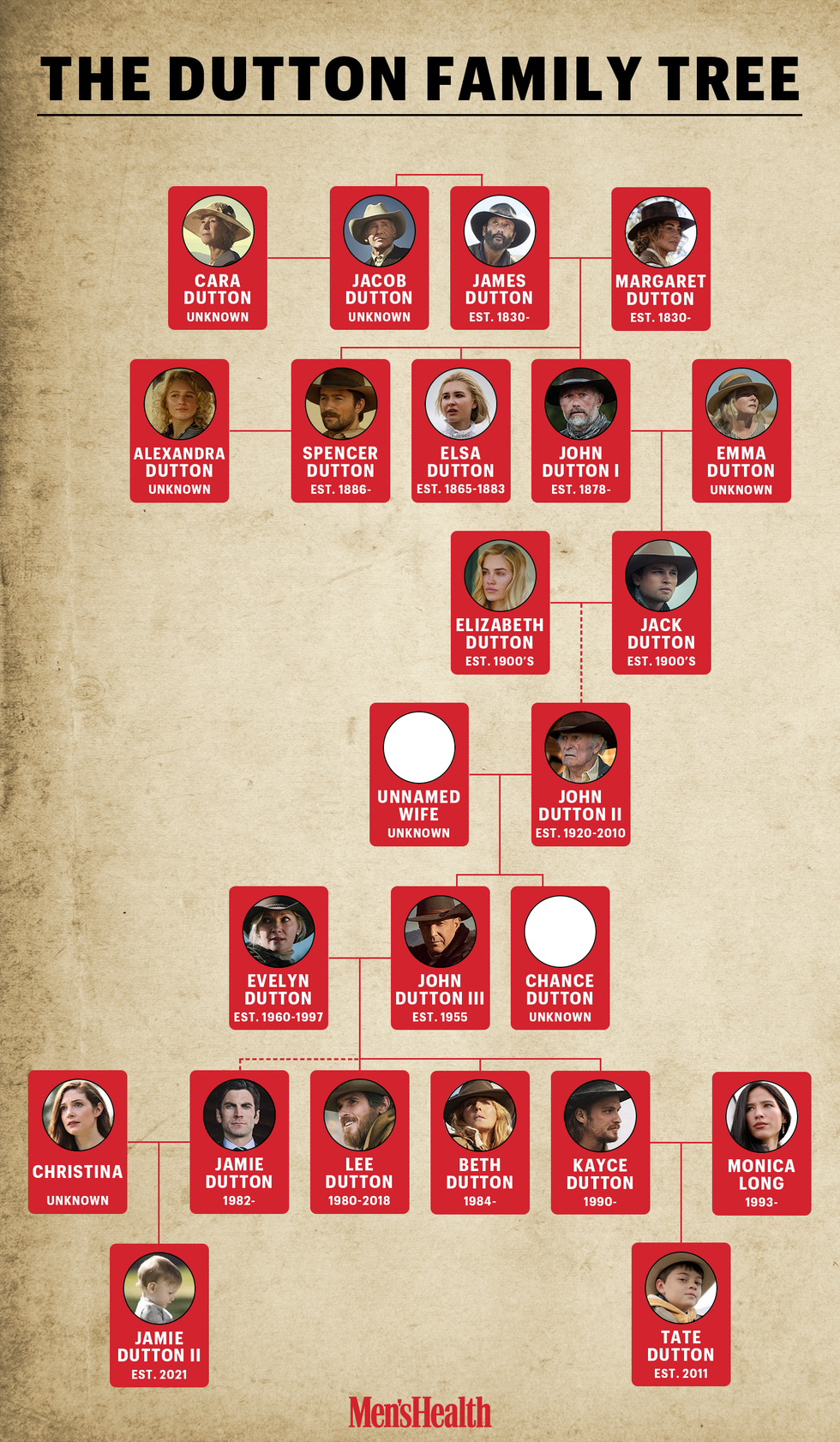
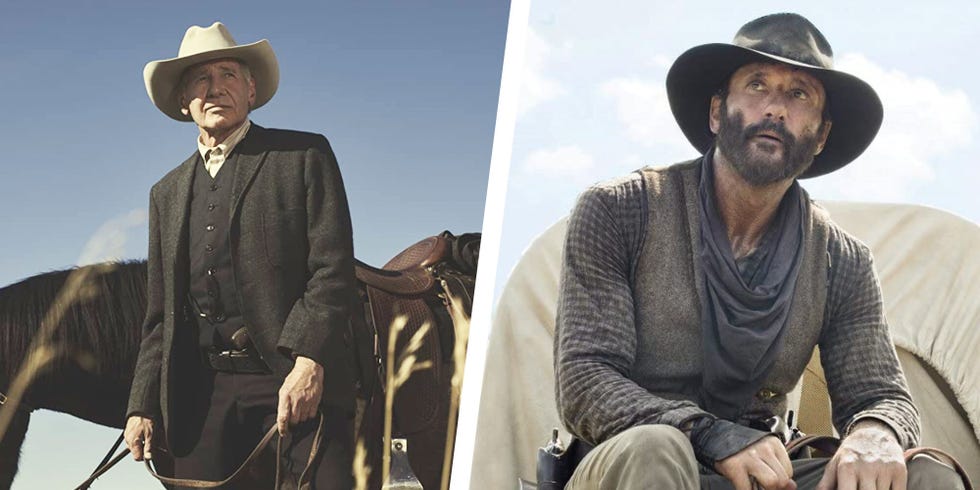
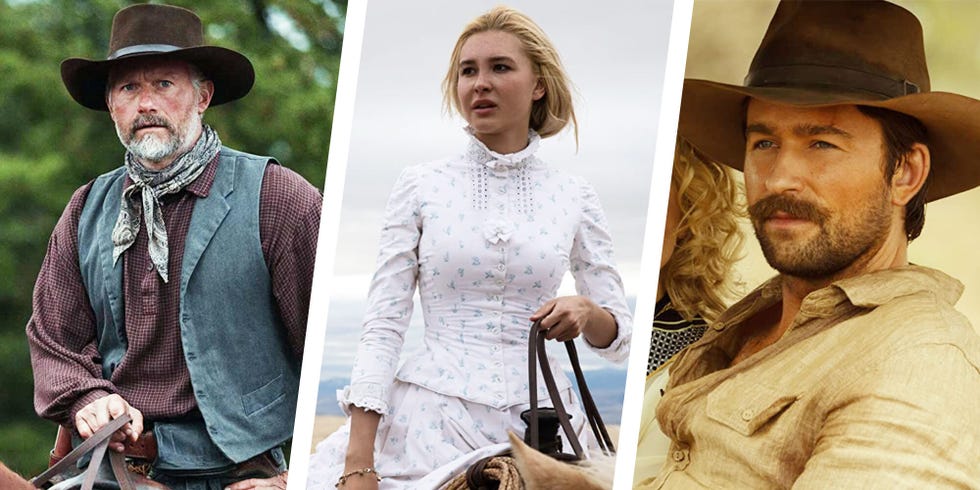
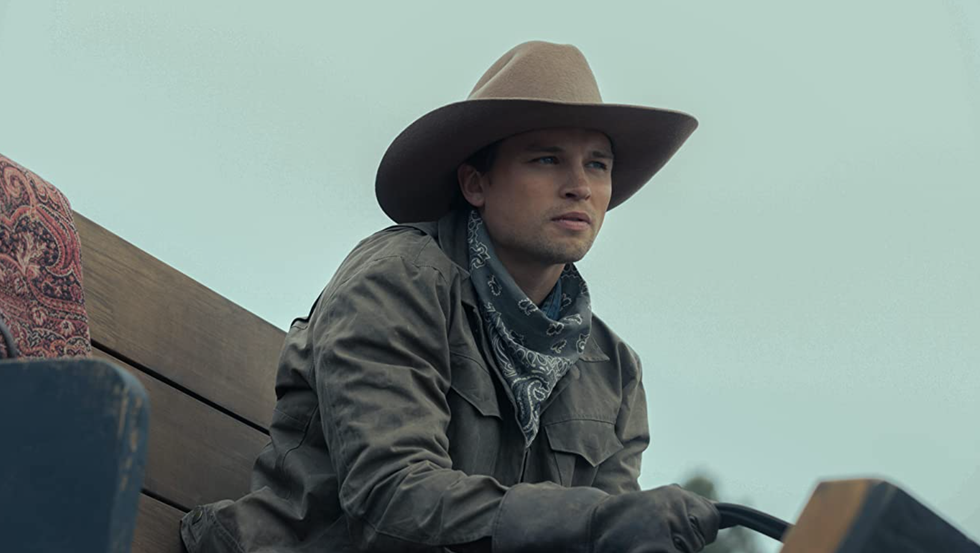
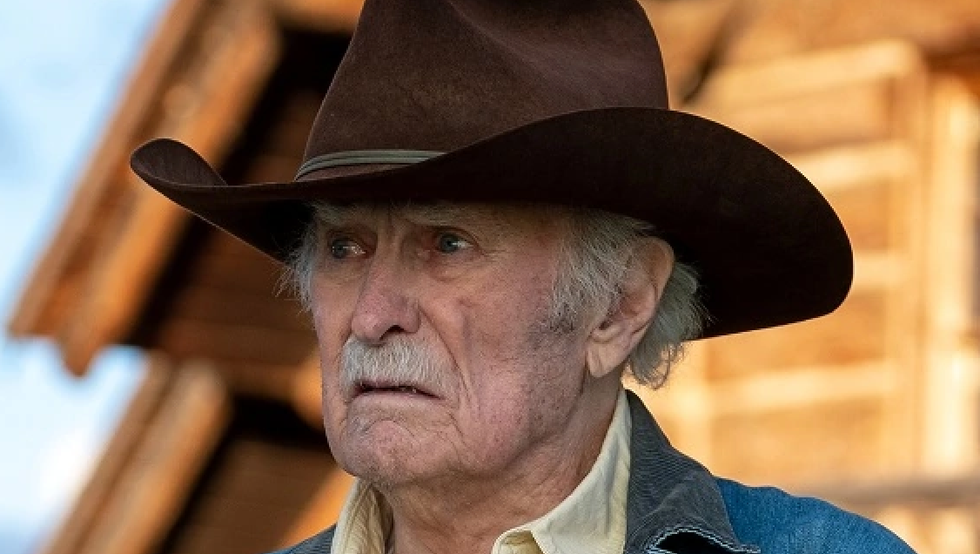

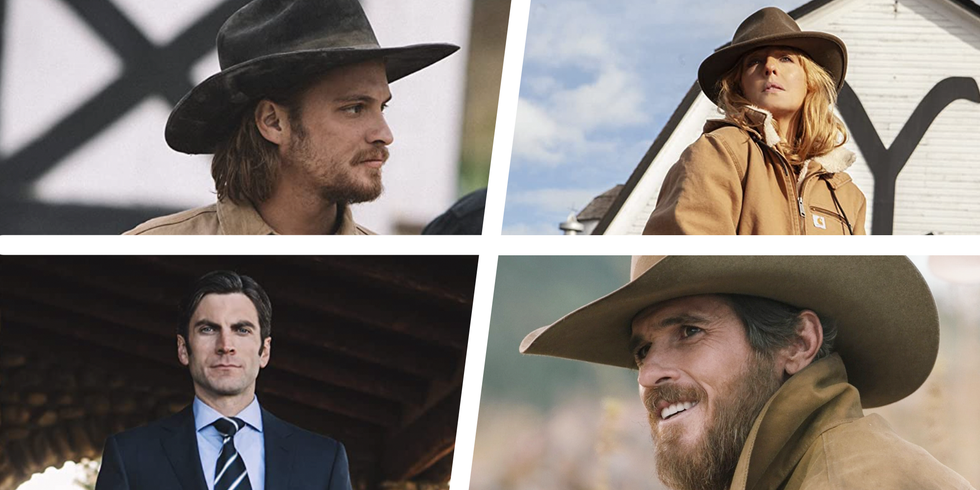

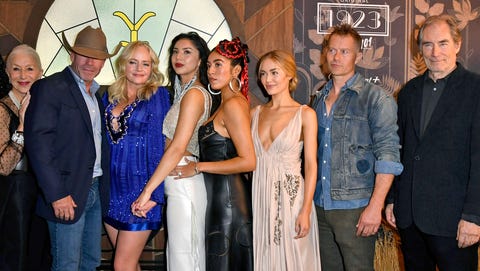
Comments are closed.